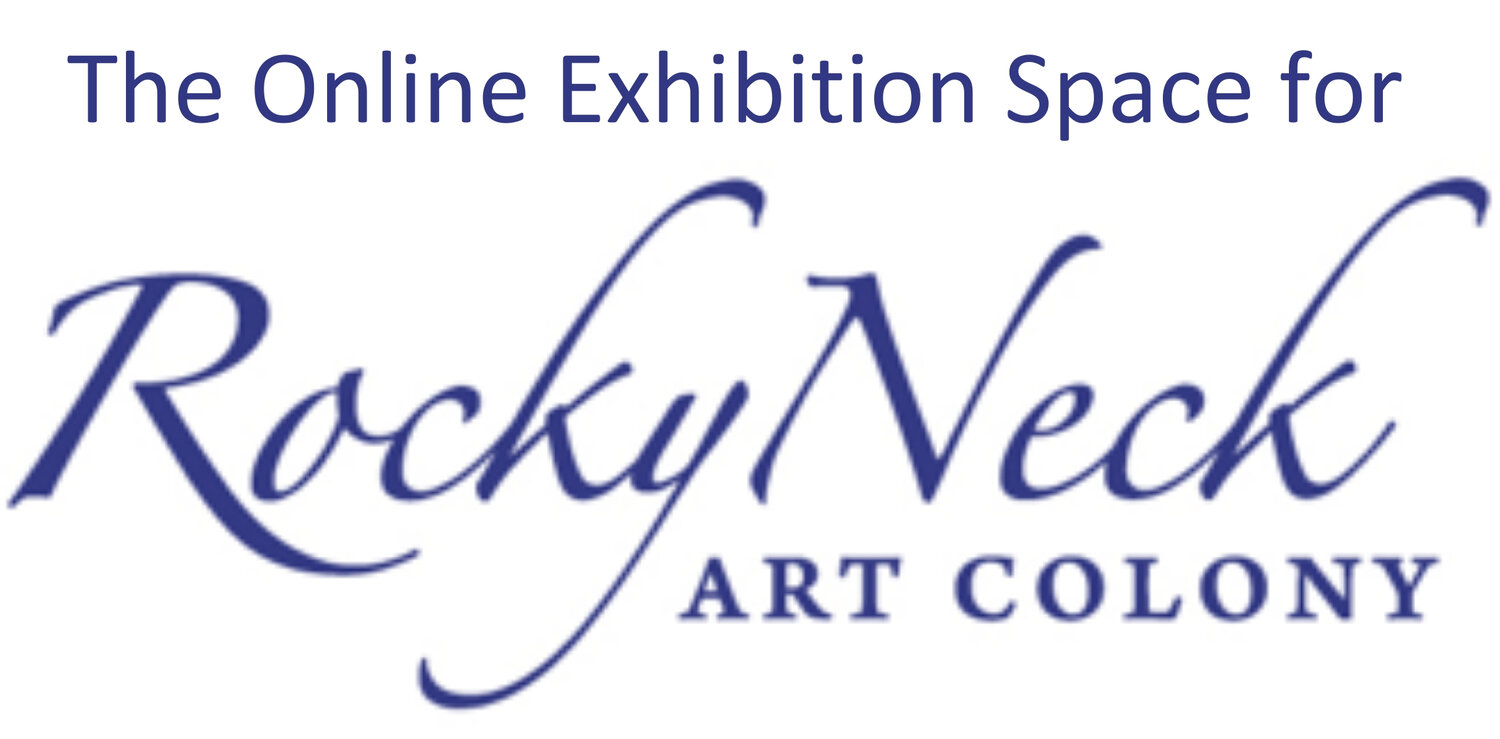Will Weygint
I am currently influenced by artwork which confronts a repressed desire for chaos within western culture. I look at art which handles behavioral symptoms acted out in mass-culture that characterize a desire for dictatorial leadership within the constraints of polite, hetero-normative society. I view and seek to make artwork aimed at recontextualizing conventional behavioral patterns, with absurdist visual language, amplifying the viewer’s awareness of grotesque actions performed in the pursuit of nationalistically projected dreams.
For the previous five to six years, a continual action initiating my creative process has been setting a twenty-minute timer and engaging in creative writing exercises. The purpose of this act is meant to place temporal structure on the cognitive-disarray, or wandering, needed to establish a state of creative flow. More recently however, I have been drawn to the notion that one thinks best through their body. In the spirit of “the body knowing best”, I have begun seeking creative intuition by surrounding myself with art-material scraps: old canvases recycled from the trash, big sheets of construction paper, ½ full buckets of drying latex paint etc.; making a big mess and responding to corporeal impulses related to my body’s physical desire and limitation.
Aesthetically, I am most drawn to surreal models of representation because the work is contextualized in psychologically symbolic terms. In tandem with the study of art-making, I have been pre-occupied with various fields of psychological research. When art is best-understood through the language of dream-analysis and we understand dreams as the dimension for memory repair, confronting trauma, addressing phobias, and handling other confusing fantasies and desires; I feel surrealism is a meaningful method for intellectual examination of the mysterious, inconceivable characteristics which compose ourselves in relation to culture.
A long-term goal that I have established, aims at forming an Artist Collective with a shared intention to marginalize white supremacy by initiating calls for Federal legislation declaring the display of Confederate symbols to be made illegal, as Germany has done with Nazi-ism. These goals envision curatorial use of public space, as sites of research-based historical remembrance of the iniquity of American slavery, commissioning public-facing artworks by African American artists. It is through my research into the impact of public symbols at up-holding cultural identity, that I can imagine a more progressive future for America.
